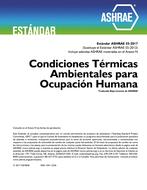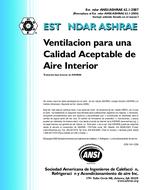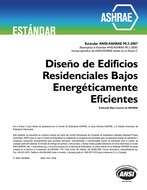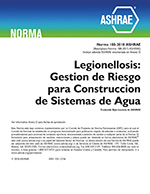Description
This paper discusses the design of ventilation systems for negatively and positively pressurized patient isolation rooms. The paper focuses on how to quantify and achieve target levels of protection for either the patient (positively pressurized rooms) or health care workers and other hospital occupants (negatively pressurized rooms). Attention is paid to the influence of ceiling supply diffuser selection. Thermal comfort issues are also discussed, and an alternative to “age-of-air†techniques using age-of-contaminant calculations is recommended for use in patient isolation room design. Practical considerations are illustrated through the presentation of two case studies.
The first case study of a TB isolation room includes a CFD model analysis of different air distribution systems including an assessment of ventilation effectiveness and patient thermal comfort. This work includes simulation of a cough from a patient toward a health care worker and throughout the isolation suite. The second case study of a positive pressure isolation room assesses the throw of supply air around a patient bed in terms of providing protection for the patient while maintaining comfortable conditions.
Paper from IAQ 2004 — Critical Operations: Supporting the Healing Environment Through IAQ Performance Standards
Units: Dual
Citation: IAQ Conference: IAQ 2004
Product Details
- Published:
- 2004
- Number of Pages:
- 16
- File Size:
- 1 file , 2.8 MB
- Product Code(s):
- D-22551




